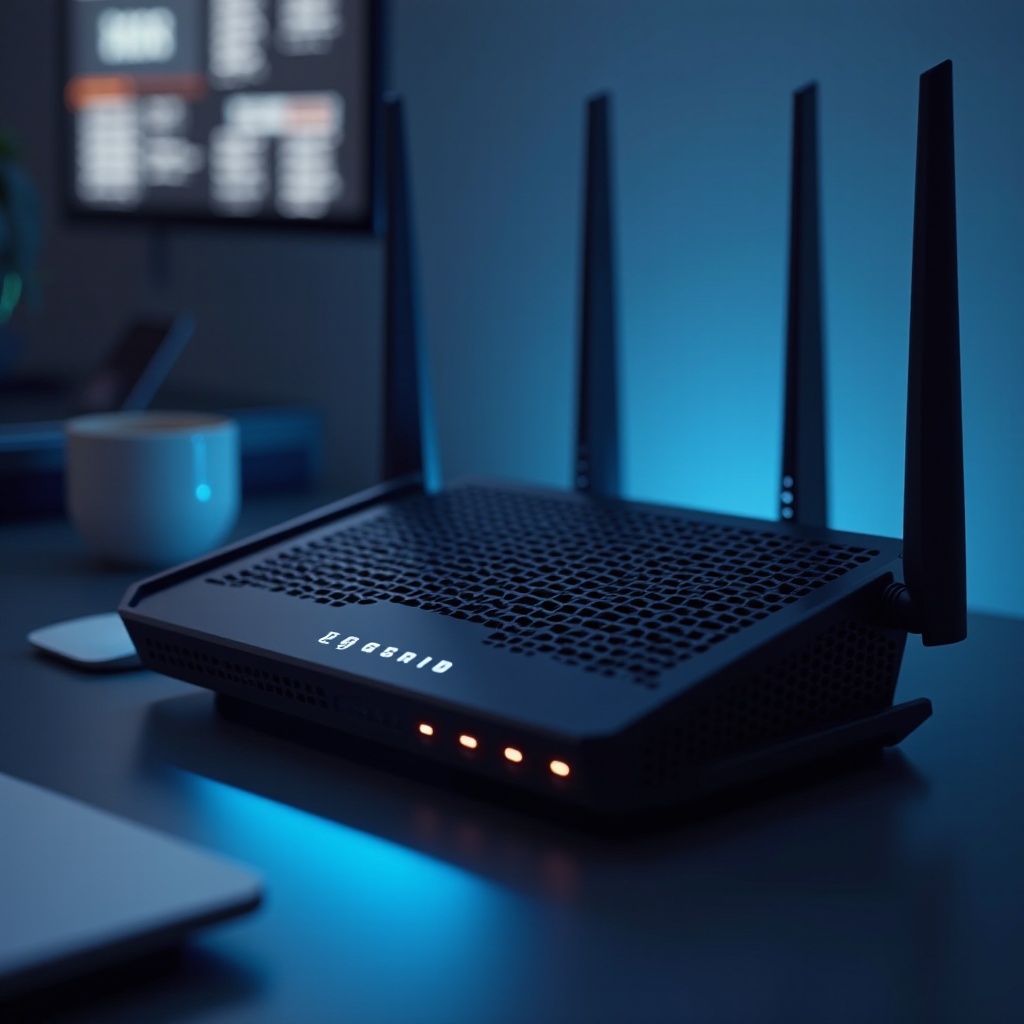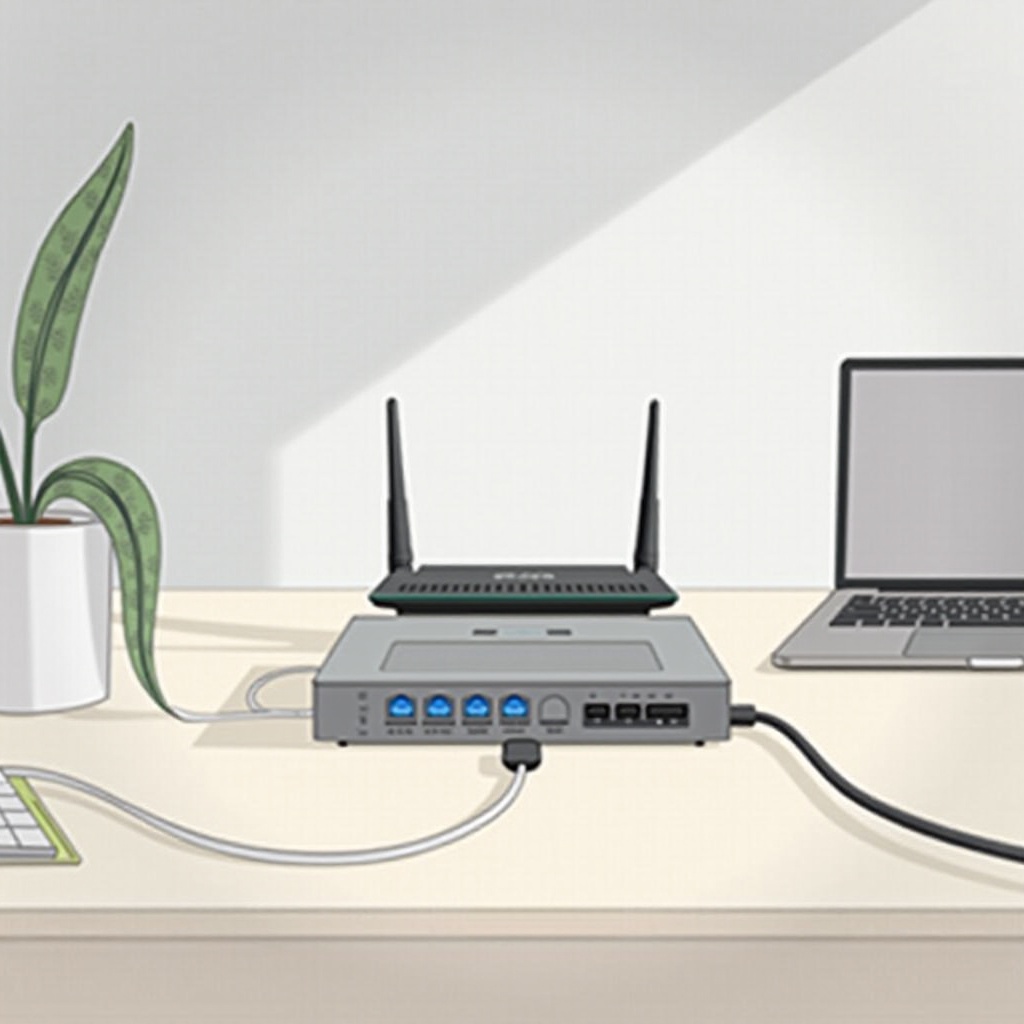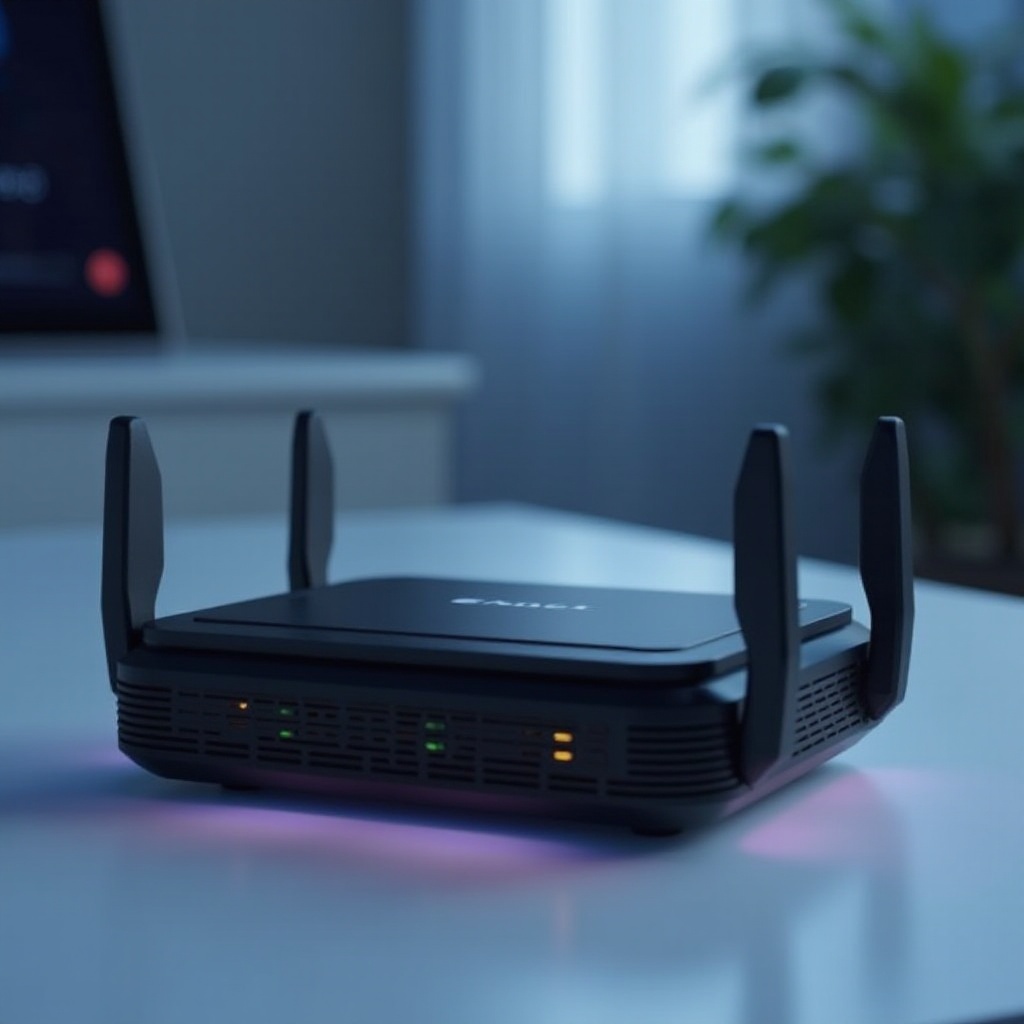Introduction
Bridge mode might seem technical, but it’s a straightforward concept with a powerful impact on your network. Essentially, it’s a function that converts your modem into a bridge, allowing it to connect your internet line directly to a router. By doing so, it bypasses the modem’s routing capabilities, handing off the task of distributing the internet connection within your home or office to a separate router. This can greatly enhance network efficiency and stability, making it important for both tech enthusiasts seeking optimal performance and casual users wanting smoother internet access.

What is Bridge Mode?
Bridge mode on a modem converts the device from managing multiple network functions to focusing solely on providing internet connectivity. In this setup, the modem stops handling tasks like IP address assignment and traffic routing, tasks that a separate router then takes over.
Unlike traditional router mode, where the modem performs routing tasks directly, bridge mode allows your router to connect directly to your ISP. This direct connection enables your router to handle advanced features, better quality of service, and handle data more efficiently, reducing the chances of bottlenecks within your network.
How Does Bridge Mode Work?
When bridge mode is activated, your modem ceases to fulfill routing functions and relegates them to your router, which now bears the responsibility for network address translation (NAT) and firewall operations. This reduction in the modem’s duties can lessen delays and processing demands, allowing data to flow more smoothly.
This handoff is crucial in scenarios requiring high-speed internet connections, like online gaming, streaming high-definition content, or managing complex business networks. By allowing a capable router to oversee data management, bridge mode optimizes the path data takes and mitigates potential speed issues.

Advantages of Using Bridge Mode
Implementing bridge mode provides multiple advantages:
- Enhanced Internet Performance: With fewer intermediary processes, data moves more efficiently, tackling bottlenecks caused by dual NAT scenarios.
- Simplified Network Management: Centralizes network control in the router, simplifying troubleshooting and administration.
- Improved Compatibility with Advanced Routers: Takes full advantage of modern router functionalities, maximizing their performance and features.
These benefits make bridge mode particularly appealing for users looking to enhance their network’s performance and efficiency.
Disadvantages and Limitations of Bridge Mode
Despite its benefits, bridge mode carries potential downsides. It bypasses the modem’s firewall, placing greater responsibility on your router’s security measures, increasing vulnerability if not properly configured.
Additionally, setting up bridge mode can be challenging for those unfamiliar with networking concepts. Mistakes during setup can lead to connection issues, making it vital to ensure each step is followed meticulously, weighing these disadvantages against the performance gains.
When Should You Use Bridge Mode?
Whether bridge mode suits your needs depends largely on your specific setup and requirements. For basic home networks, standard router mode often suffices. However, bridge mode can be beneficial if you possess a high-performance router and require features only it can offer.
In a business environment or a home with numerous devices, bridge mode’s ability to provide centralized control and improved data flow can be invaluable. Consider your bandwidth needs and device capacity to determine if this setup will serve you best.

How to Enable Bridge Mode: Step-by-Step Guide
To enable bridge mode effectively, here is the procedure:
- Backup Current Settings: Document the modem’s configuration before making changes.
- Access the Modem’s Interface: Use a web browser to enter your modem’s IP address.
- Locate Bridge Mode Settings: Find the section marked for ‘Bridge Mode’ or ‘Router Mode’.
- Enable Bridge Mode: Select ‘Enable’, save settings, then restart the modem.
- Configure the Router: With bridge mode active, ensure your router is set up to manage NAT and firewall duties.
This approach guides you through a successful transition, maintaining internet service with minimal disruption.
Troubleshooting Common Bridge Mode Issues
Issues may arise even with proper setup. Here’s how to resolve common problems:
- Connectivity Problems: Double-check all cable connections and ensure bridge mode is properly enabled.
- Performance Drops: Confirm the router settings are appropriately managing network traffic and assigned tasks.
- Reverting if Required: If persistent issues occur, revert to the previous configuration and retry step-by-step.
Address these challenges with careful troubleshooting to secure your network’s optimal function.
Conclusion
Bridge mode offers a strategic approach to optimizing your modem’s role within your network. By understanding and implementing this feature, you can dramatically improve management, speed, and user experience. Weigh the advantages and ensure your network infrastructure meets the demands for this configuration, paving the way for seamless connectivity.
Frequently Asked Questions
Can I use bridge mode with any modem?
Not all modems support bridge mode. Check your modem’s manual or the manufacturer’s site for compatibility.
Does bridge mode improve internet speed?
Bridge mode doesn’t directly increase speed but enhances performance by simplifying data management paths.
How do I know if I need to use bridge mode?
If you face network issues due to double NAT or require better management, bridge mode might be beneficial.
